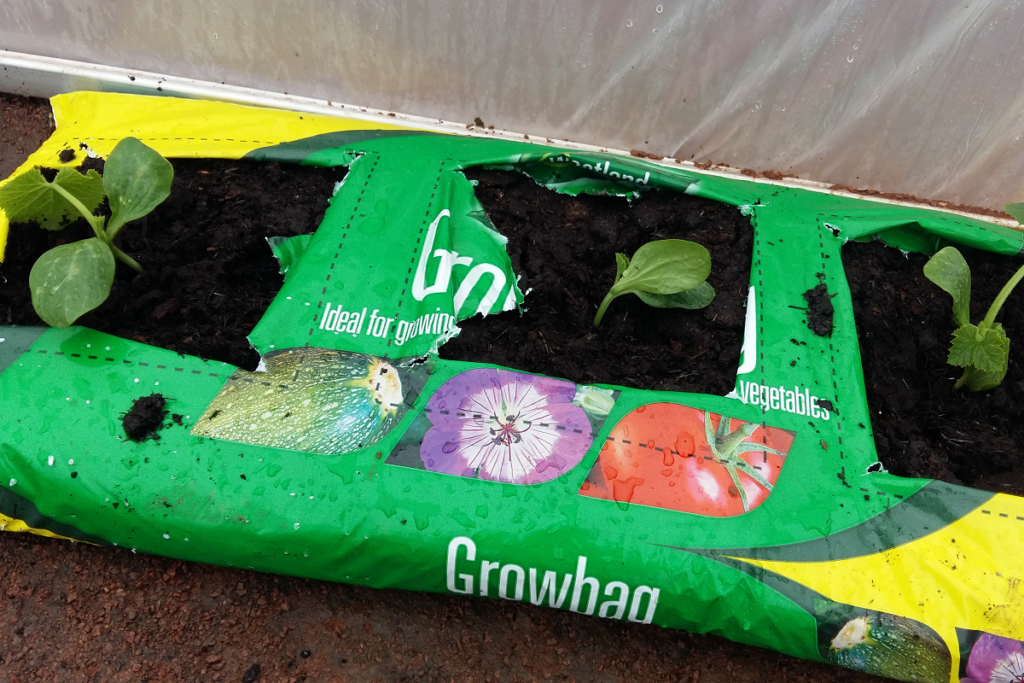How to grow in containers and grow bags
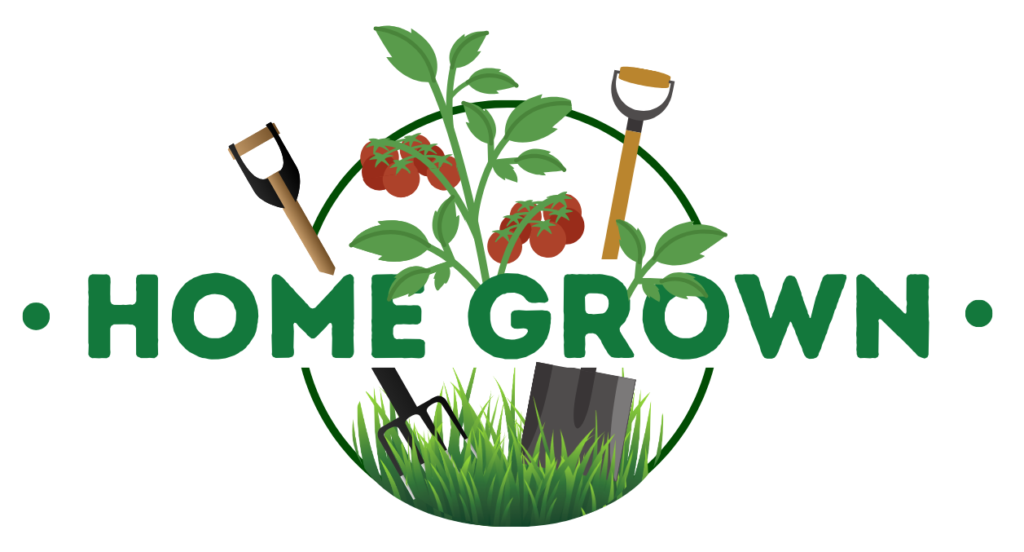
Growing produce in pots, grow bags, and containers is a fantastic option for gardeners of all skill levels, especially those with limited space. These methods can allow for greater control over soil quality, drainage, and pests, leading to healthier plants and higher yields. Containers can be placed on patios, balconies, or even windowsills, making gardening accessible to urban dwellers and those without traditional garden beds.
Grow bags, in particular, promote strong root development by preventing root circling and improving aeration. Additionally, container gardening makes it easy to move plants to optimal sunlight conditions or protect them from harsh weather, extending the growing season. With the right care, growing produce in containers and grow bags is an efficient, space-saving, and rewarding way to enjoy fresh, homegrown fruits, vegetables and herbs.
Containers
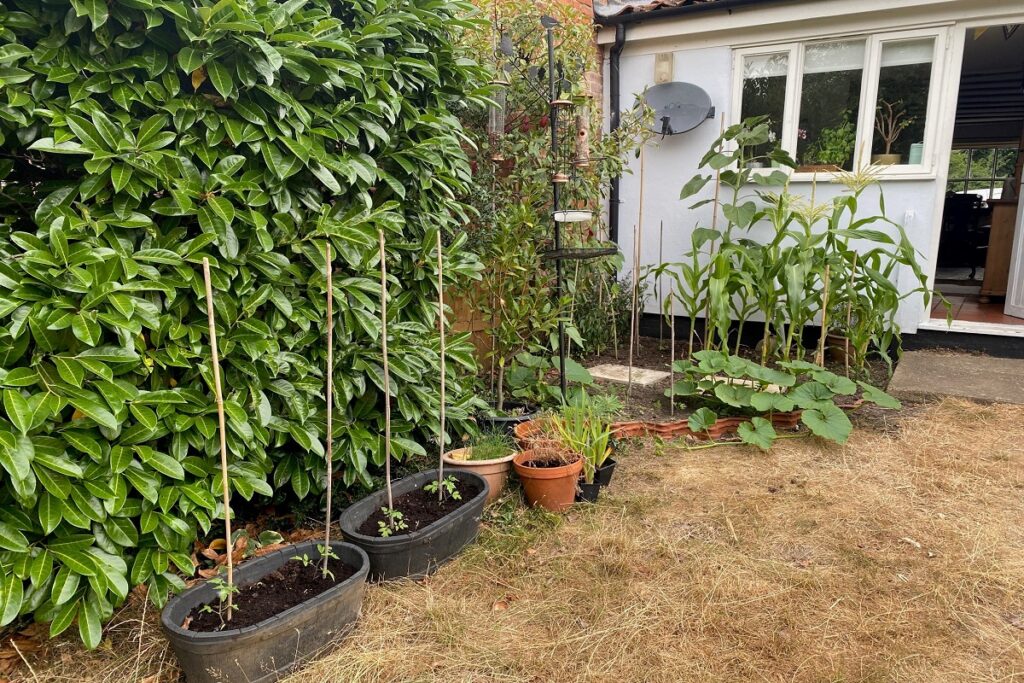
Grow bags or soil bags
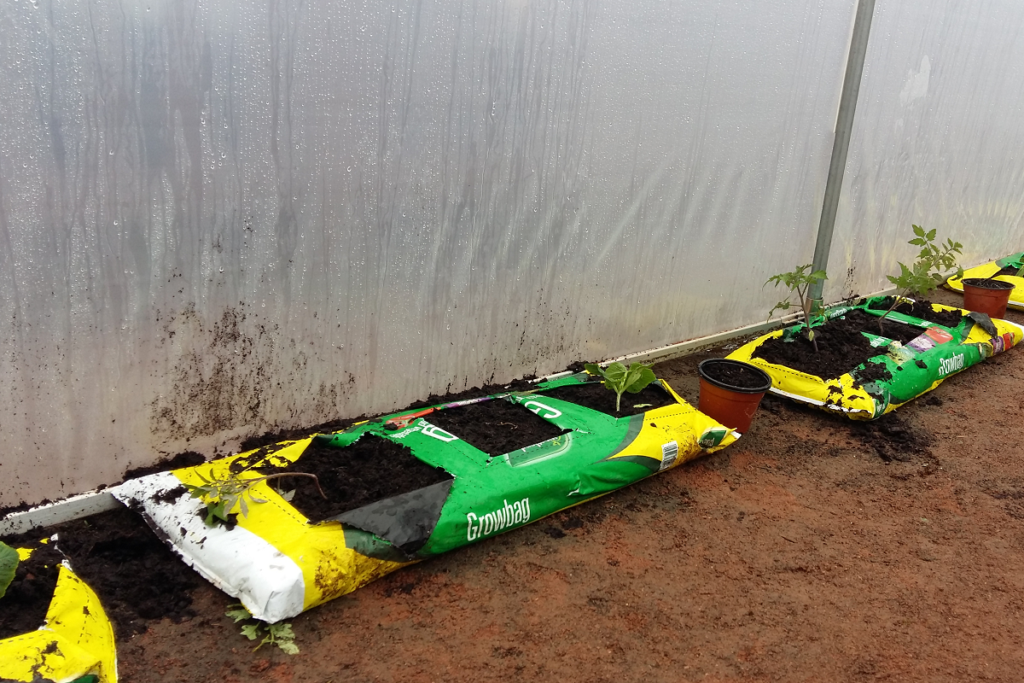
Containers can be anything you can grow in (that has drainage holes), so usually a pot of some kind, but it can be an old sink, tyres, half barrels, window boxes, hanging baskets and even old wheel barrows! The grow or soil bags we are talking about here are the ones you can buy from garden centres already full of soil /compost and plant directly into (as above right) as technically, a big bag can also be deemed a container. Shallow containers may restrict what you can grow as the soil dries out much more quickly and there is little room for root growth so check your produce label. Salad leaves can be quite happy with about a 6cm depth but carrots on the other hand need at least 15cm. Small containers and pots can also sit on a sunny window sill if you have limited or no outside space and are great for growing herbs.
Pots and containers are great for those with poor soil in the garden as you can fill them up with ready made peat free soil from a garden centre and bought or made compost.
Top tips for growing in containers
- Clean out the container thoroughly. Old soil may contain soil-borne diseases
- Make sure it is stable
- Ensure it is deep enough for what you want to grow
- Use a good quality peat free soil or compost, and leave about 4cm between the top of the soil/compost and the top of the container to allow for adequate watering
- If it is going to be growing long term crops outside over winter, make sure it is frost proof
- When watering containers, aim to add about 10% of the container’s volume each time. For example, a 10-litre patio pot should receive around 1 litre of water. Pour it slowly to ensure it soaks in rather than draining straight out the bottom. Placing a saucer under the pot can catch any excess water, allowing it to be reabsorbed.
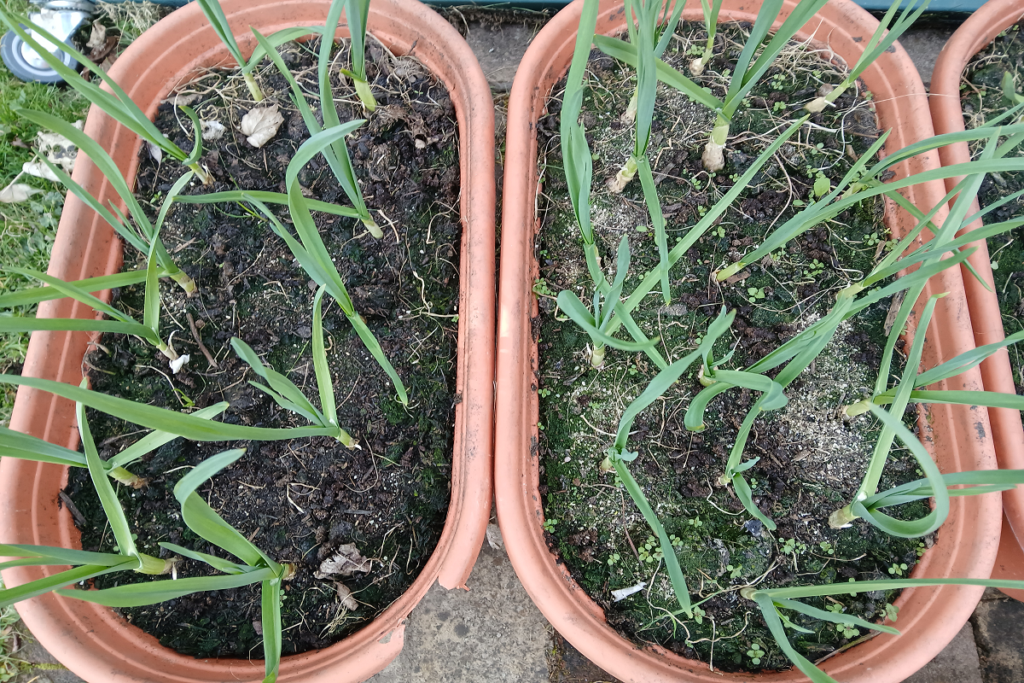
Tips for growing in ready made grow bags or soil bags
- Buy a ready made grow bag that comes with a specific soil or compost for the plants you want to grow
- It will be full of nutrients and enrichments your plants need so there is no need to buy extra compost
- Place bag flat on top of wet newspaper
- Poke holes in the bottom as instructed for drainage
- Cut off the top of the bag leaving a 2 inch border so the soil doesn’t tip out
- Plant directly into the bag as per seed/plant instructions with no need for tilling or weeding
